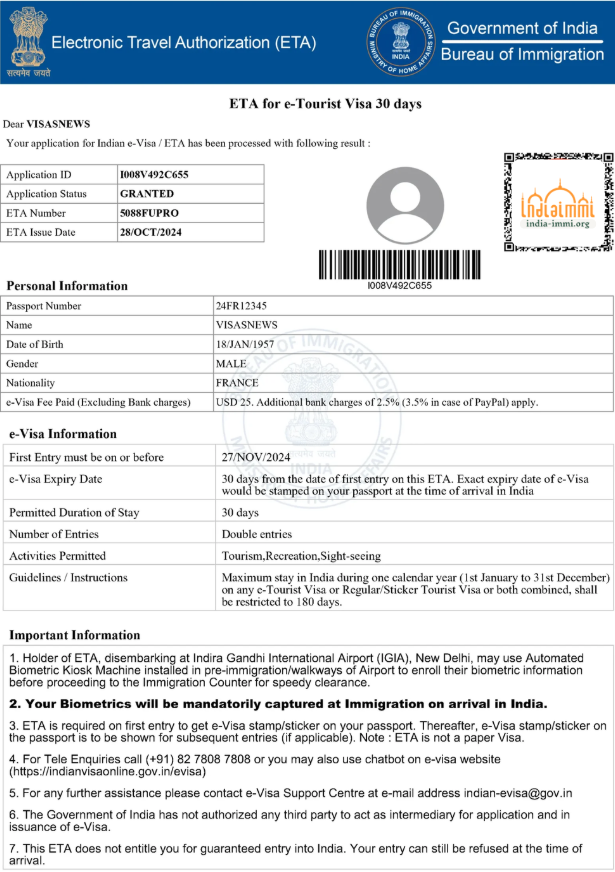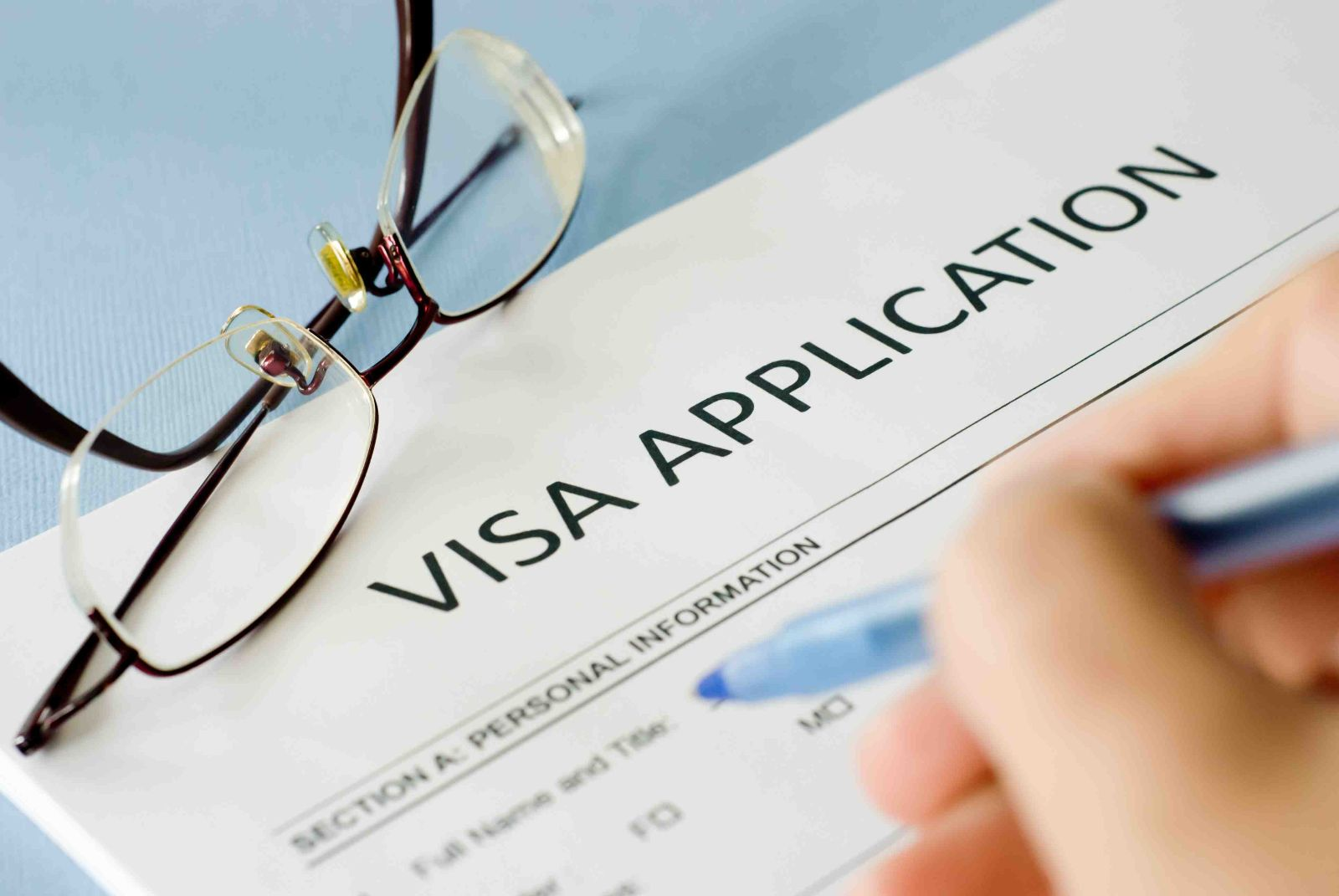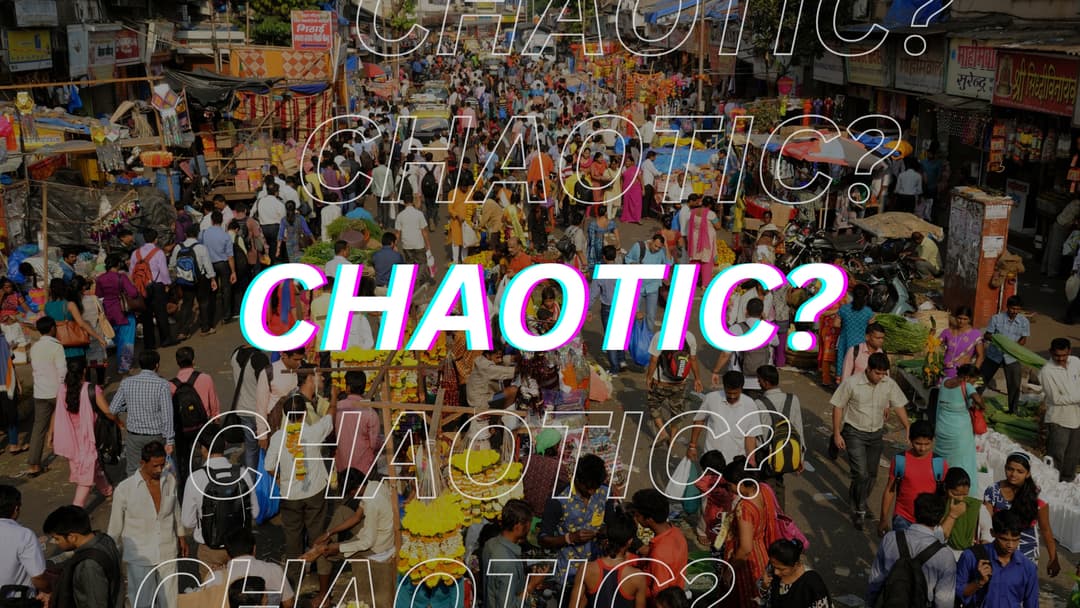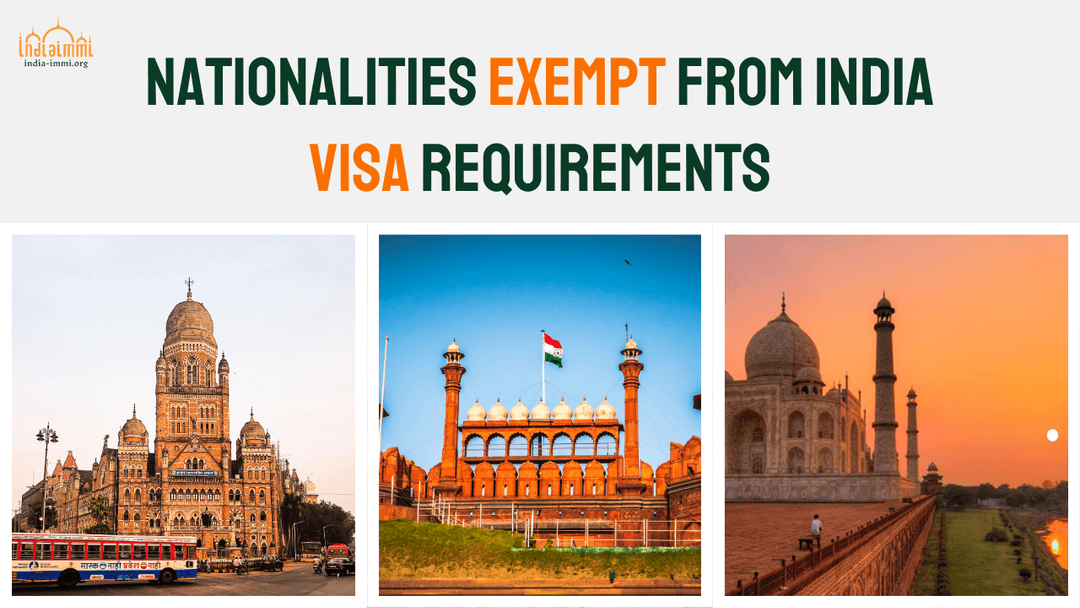In recent years, India has become an attractive destination not only for tourists but also for business travelers, scholars, and international patients seeking quality healthcare. Along with this growing demand comes special interest in types of entry visas. The two most commonly mentioned are the e-Visa (electronic visa) and Visa On Arrival (VOA).
Although both aim to simplify entry procedures, there are significant differences between e-Visa and VOA in terms of eligibility, scope, process, and convenience. This article analyzes these two types of visas in detail to help readers choose the most suitable option for their journey to India.
1. Basic Concept
-
E-Visa: An electronic visa that allows foreigners to apply online before departure. The application is submitted and processed through India’s immigration system. Once approved, travelers receive the e-Visa by email and only need to present a printed copy with their passport upon entry.

E-Visa in India, source: Internet
-
Visa On Arrival (VOA): A visa issued directly at an international airport upon arrival. Travelers must fill out a form, pay the fee, and wait for approval at the airport counter.

Visa on Arrival in India, source: Internet
2. Eligibility
-
E-Visa: Available to citizens of over 160 countries, including Vietnam, the USA, Japan, South Korea, France, Germany, Singapore, etc. Most international travelers can choose this option.
-
VOA: Only available to citizens of three countries: Japan, South Korea, and the United Arab Emirates (UAE). For UAE citizens, eligibility is limited to those who have previously held an Indian visa (e-Visa or sticker visa).
3. Duration and Purpose
-
E-Visa: Divided into several categories, such as e-Tourist, e-Business, e-Medical, and e-Conference visas. Validity ranges from 30 days to 1 year, depending on the purpose. Some types allow multiple entries.
-
VOA: Maximum stay of 60 days, applicable for short-term purposes such as tourism, business, conferences, or medical treatment. Cannot be extended or converted to another visa type.
4. Entry Points
-
E-Visa: Accepted at over 30 international airports, multiple land border checkpoints, and seaports. Offers travelers flexibility in choosing entry points.
-
VOA: Available only at 6 airports: New Delhi, Mumbai, Bengaluru, Chennai, Hyderabad, and Kolkata. Not valid at land borders, railways, or seaports.
5. Application Process
-
E-Visa:
-
Visit India-immi.org to register.
-
Fill out personal and passport details.
-
Pay the visa fee online.
-
Receive confirmation and e-Visa by email.
-
Print the e-Visa and present it with your passport at entry.
→ Entirely online, usually completed in a few days, faster with support services.
-
VOA:
-
On arrival, fill out the VOA form.
-
Present a valid passport and related documents (return ticket, hotel booking, financial proof).
-
Pay the fee and wait for approval.
-
Receive the visa stamp at the airport.
→ Processing may take 1–2 hours or longer depending on crowd size.
➡️ e-Visa saves more time, while VOA may be inconvenient due to waiting at the airport.
6. Advantages and Disadvantages
E-Visa
Advantages:
-
Available to citizens of a large number of countries.
-
Offers multiple categories suitable for different purposes.
-
Quick, convenient, and fully processed online.
-
Accepted at many airports and border checkpoints.
Disadvantages:
-
Must be applied for before departure.
-
Not suitable for urgent or last-minute travel.
VOA
Advantages:
-
Suitable for urgent trips when there is no time to apply for an e-Visa.
-
No need to prepare and submit an online application in advance.
Disadvantages:
-
Only available to citizens of three countries.
-
Limited duration of stay, maximum 60 days, and non-extendable.
-
Available only at six international airports.
-
Long waiting times at the airport for processing.
Conclusion
Overall, e-Visa is the optimal solution for most international travelers to India, including Vietnamese citizens. It ensures convenience, legality, flexibility, and safety. Meanwhile, Visa On Arrival is only useful for a small group of citizens from Japan, South Korea, and the UAE (under special conditions), with multiple limitations.
👉 If you are preparing a trip to India, choose the safe and convenient option: Apply for an Indian e-Visa today at India-immi.org to ensure smooth entry and save time.











